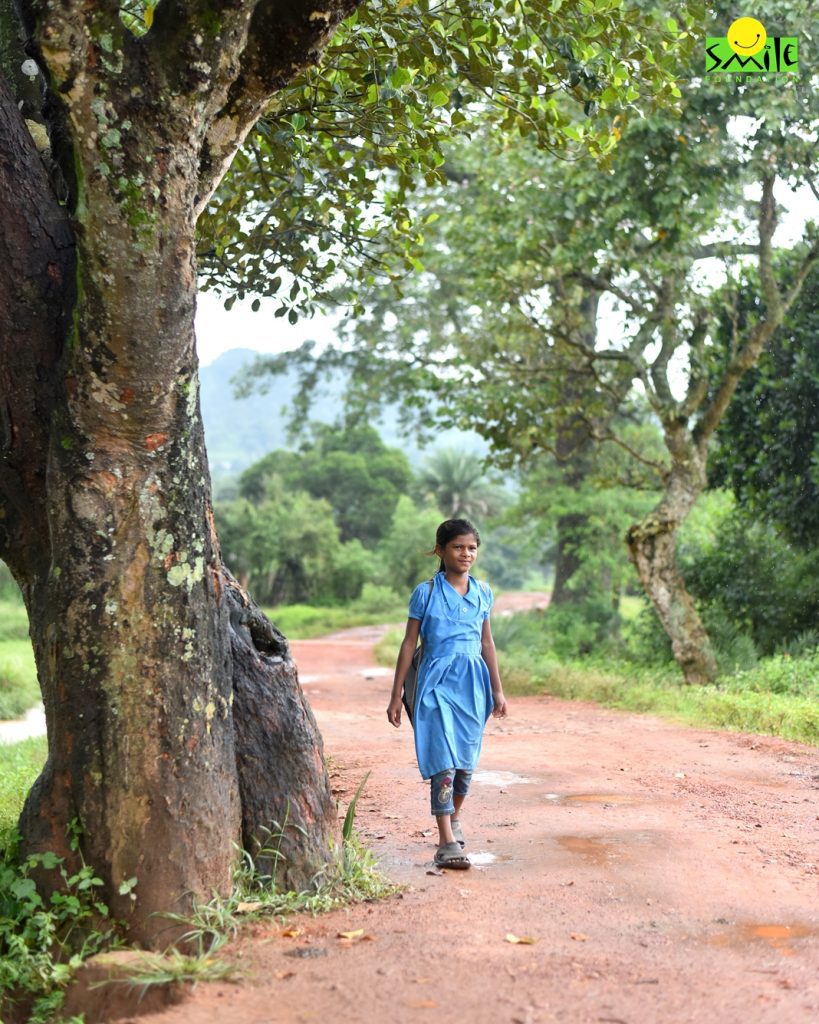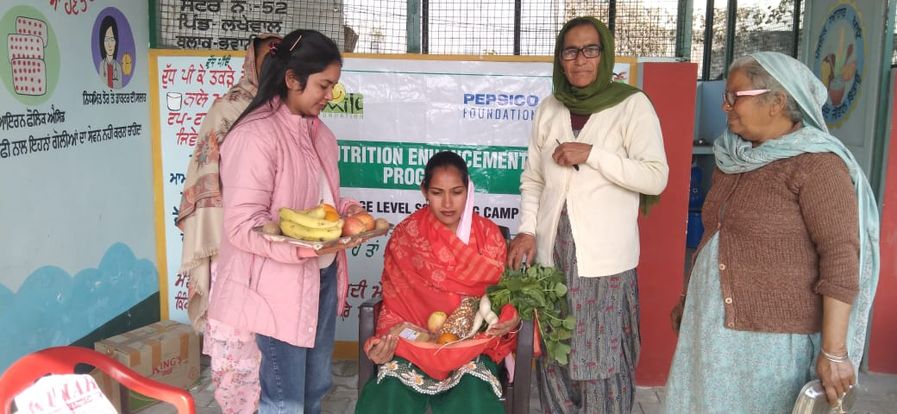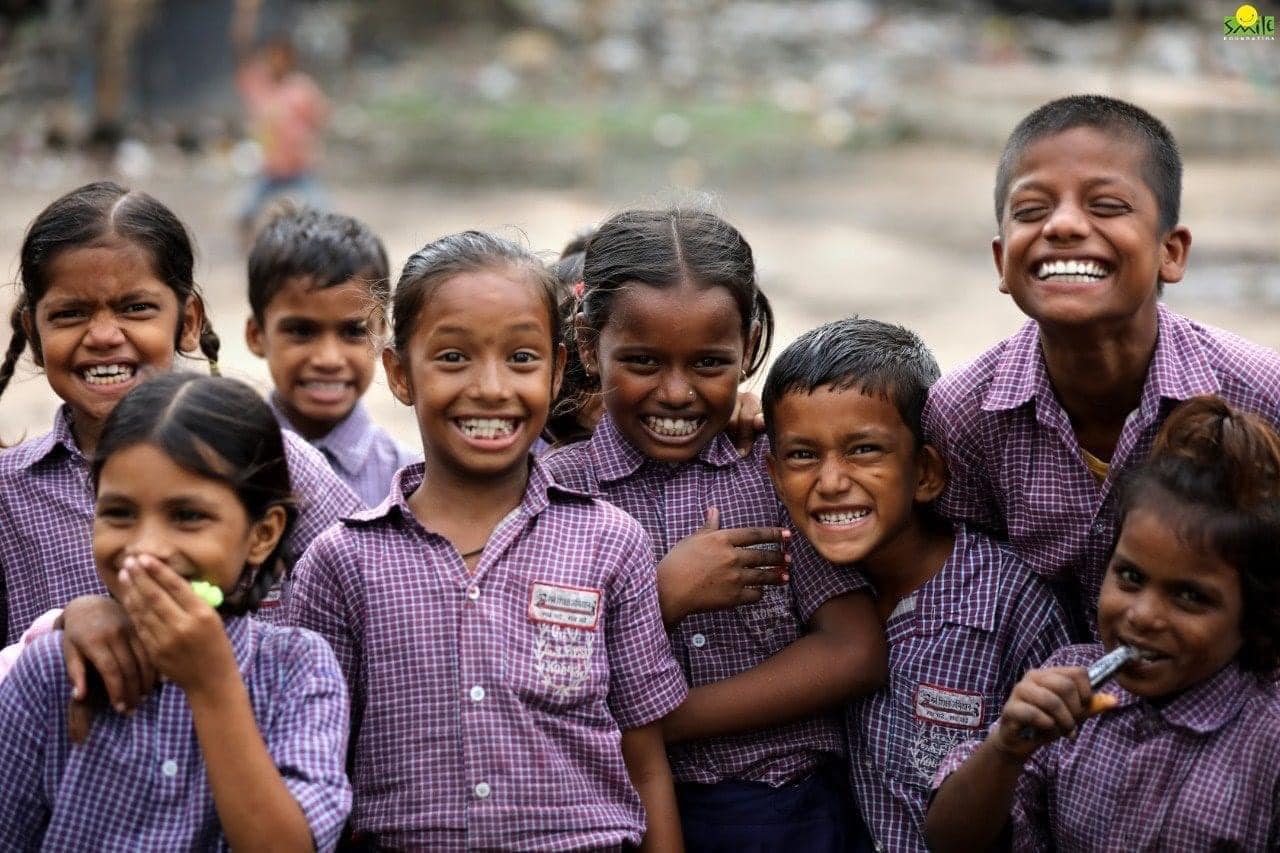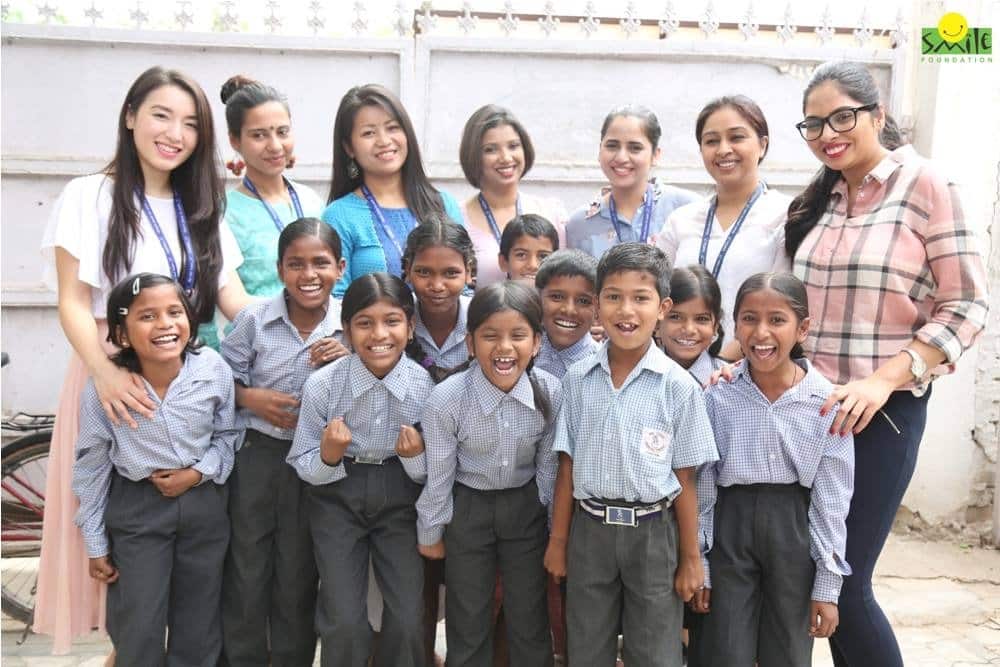National Girl Child Day is a significant occasion celebrated annually on January 24th in India. This day holds profound importance in promoting awareness about the rights, opportunities, and challenges faced by girls in our society. It serves as a platform to advocate for gender equality, emphasize the importance of education for girls, and address issues like child marriage and discrimination.
One of the persistent challenges faced by girls in many parts of India is child marriage. National Girl Child Day is a great day to talk about this issue in great detail.
Recent findings on child marriage in India
In India, recent findings reveal a persistent challenge as one in five girls and nearly one in six boys continue to be wedded before reaching legal age, as reported in a study published. The urgency for a robust national and state-level policy is emphasized by researchers to eradicate child marriage entirely by 2030.
Aligned with Sustainable Development Goal (SDG) target 5.3, aimed at ending child marriage globally by 2030, a substantial increase in the annual reduction rate, from 1.9% to 23%, is imperative for girls. The success of India is pivotal in achieving this SDG target, acknowledging the significant historical decline in child marriage rates at the national level. However, considerable variability exists at the sub-national level, with varying implementation of programs by state governments.
Despite notable strides in the past three decades, evidence points to a recent stagnation in the decline of child marriage, with the most significant reduction occurring between 2006 and 2016. The prevalence of child marriage in girls across India decreased from 49.4% in 1993 to 22.3% in 2021, and for boys, it decreased from 7.1% in 2006 to 2.2% in 2021.
The study, drawing from data spanning five National Family Health Surveys from 1993 to 2021, underscores substantial regional variations in the prevalence of child marriage. While almost all states witnessed a decline in girl-child marriage, exceptions existed, notably Manipur.
In 2021, the estimated headcount of child marriages was 13,464,450 for girls and 14,54,894 for boys. Bihar, West Bengal, Uttar Pradesh, and Maharashtra accounted for over half of the total burden in girls, while Gujarat, Bihar, West Bengal, and Uttar Pradesh accounted for over 60% of the burden in boys. Uttar Pradesh stood out for having a low prevalence but a high burden, while Tripura had a high prevalence but a low burden.
Despite an overall decrease in headcount by just over 5 million individuals between 1993 and 2021, some states, including West Bengal, saw increases. Uttar Pradesh played a pivotal role in the observed decrease in headcount, whereas West Bengal witnessed a significant increase. The complexities of child marriage dynamics in different regions necessitate targeted and varied approaches to achieve the ambitious goal of eliminating child marriage by 2030.
India without child marriages
The elimination of child marriage in India would have transformative effects on individuals, communities, and the nation. One of the key benefits would be the empowerment of girls through increased opportunities for education and personal development. By delaying marriage, girls could pursue their studies, contributing to a more educated and skilled female workforce, which is essential for societal progress.
A significant impact would be observed in terms of improved health outcomes. Delaying early pregnancies associated with child marriage would substantially reduce health risks for both young mothers and infants, leading to lower maternal and infant mortality rates and healthier families overall.
From an economic perspective, the eradication of child marriage would contribute to national growth. Girls, after completing their education, would be better positioned to enter the workforce, resulting in a larger, more skilled labor force that fosters economic development.
Breaking the cycle of child marriage is crucial for poverty reduction. Empowered and educated girls are more likely to escape poverty, contributing positively to their communities and breaking the cycle of intergenerational poverty.
The elimination of child marriage is a pivotal step toward achieving gender equality. It challenges harmful gender norms and stereotypes, advocating for the equal rights of girls to education, personal development, and the pursuit of their chosen futures.
Communities would benefit from increased social stability as the negative consequences of child marriage diminish. Early pregnancies, school dropouts, and associated health issues would decrease, leading to healthier and more resilient societies.
Strict adherence to laws prohibiting child marriage would not only protect children’s rights but also set a precedent for legal compliance and respect for human rights. Upholding these laws reinforces the importance of safeguarding the well-being of children.
Psychologically, girls would experience improved well-being without the burden of early marriage. They would have the opportunity for normal emotional and psychological development, reducing the likelihood of emotional trauma associated with premature responsibilities.
Fulfilling the commitment to Sustainable Development Goal 5.3, which aims to end child marriage by 2030, aligns with the global responsibilities of India. It not only enhances its global reputation but also signifies dedication to creating a safer and more prosperous future for its citizens.
In summary, the eradication of child marriage in India would pave the way for a more equitable, healthier, and economically vibrant society, ensuring that every child has the chance to reach their full potential.
Smile’s She Can Fly for Girl Child
Smile Foundation’s “She Can Fly” campaign stands as a powerful initiative dedicated to advancing girl child education in India. The campaign, launched with the vision that every girl deserves the opportunity to soar high and fulfill her dreams, addresses the challenges that hinder girls access to education and aims to create an environment where they can thrive.
The campaign seeks to break down barriers that traditionally impede the access of girls to schooling, such as societal norms, economic constraints, and gender-based discrimination. By addressing these challenges, Smile Foundation endeavors to empower girls with the knowledge and skills necessary to lead self-sufficient and fulfilling lives.
One of the key focal points of the campaign is to promote enrollment and retention of girls in schools. Through various interventions, including awareness programs, community engagement, and direct support to families, Smile Foundation strives to create an atmosphere where parents and communities value and prioritize the education of their daughters.
Financial hurdles often pose a significant obstacle to girls education. The “She Can Fly” campaign actively works to alleviate these financial burdens through scholarship programs and financial assistance, ensuring that economic constraints do not become a hindrance to the academic journey of a girl.
Beyond academic education, the campaign also emphasizes the importance of holistic development. It includes skill-building programs, mentorship initiatives, and vocational training opportunities to equip girls with practical skills that enhance their employability and prepare them for various life challenges.
By addressing the root causes of gender-based disparities in education, the campaign contributes significantly to building a more equitable and empowered society.









